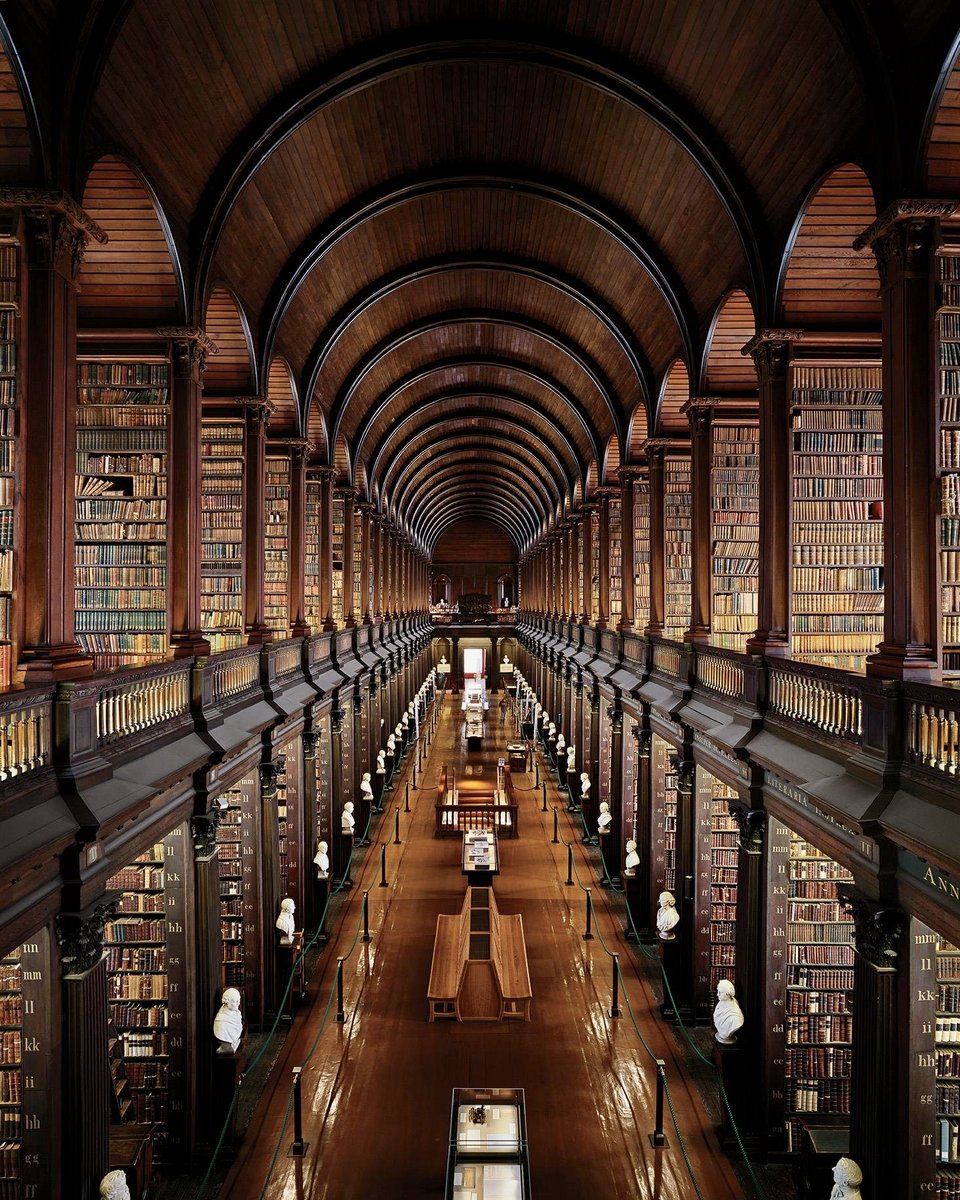The Lord of the Rings isn't just an epic fantasy — it's a deeply Christian story.
It's packed with subtle religious themes you may not have noticed.
Instead of one Christ figure, there are three... (thread) 🧵
It's packed with subtle religious themes you may not have noticed.
Instead of one Christ figure, there are three... (thread) 🧵

It's no secret Tolkien was a devout Catholic and that his stories reflected it. He said himself:
"The Lord of the Rings is of course a fundamentally religious and Catholic work; unconsciously so at first, but consciously in the revision."
"The Lord of the Rings is of course a fundamentally religious and Catholic work; unconsciously so at first, but consciously in the revision."

But Tolkien famously disliked allegory, considering it a lazy way to convey ideas. Unlike the clear Christ figure in C.S. Lewis's Narnia, LOTR lacks direct parallels.
Instead, aspects of Christ's persona are revealed in 3 central characters...
Instead, aspects of Christ's persona are revealed in 3 central characters...

Frodo's journey to destroy the ring mirrors Christ’s sacrificial one. He bears its immense burden (symbolizing sin), his perseverant suffering reflecting the Passion of Christ.
He eventually departs to the Undying Lands, like Christ's ascension to heaven.
He eventually departs to the Undying Lands, like Christ's ascension to heaven.

There's the wisdom of Gandalf — echoing Christ's role as teacher and prophet.
His fight with the Balrog, death and resurrection, is a stand-in for Christ's death, descent into hell, and return. Gandalf's return brings new hope, like the transformative power of Christ's return.
His fight with the Balrog, death and resurrection, is a stand-in for Christ's death, descent into hell, and return. Gandalf's return brings new hope, like the transformative power of Christ's return.

And Aragorn's journey from ranger to king reflects Christ's slow revelation as Messiah and King.
His ability to heal (especially with the healing herb athelas or kingsfoil), parallels Christ's miracles.


His ability to heal (especially with the healing herb athelas or kingsfoil), parallels Christ's miracles.


The prophecies surrounding Aragorn finally come to fruition as he's crowned King of Gondor.
His reign recalls the second coming of Christ and the onset of the Messianic age.
His reign recalls the second coming of Christ and the onset of the Messianic age.

But it isn't just Christ figures. The three main female characters embody different aspects of the Virgin Mary... 

Like Mary becomes Queen of Heaven, Arwen becomes Queen of Gondor. She forsakes eternal life for an unknown, mortal one with Aragorn — echoing Mary's acceptance of the then-still-unknown role God had called her to. 

Éowyn's defeat of the Witch-king evokes Mary as the woman of the apocalypse, threatened by a dragon in the Book of Revelation.
She takes Mary's role as defender of the faithful and the new Eve — who shall crush the head of the serpent.
She takes Mary's role as defender of the faithful and the new Eve — who shall crush the head of the serpent.

And Galadriel, the lady of light and wisdom, brings Mary's grace and motherly guidance.
Her nurturing presence is seen in her gifts to the Fellowship — representing Mary's role as the Mother of the Church, offering sustenance to the faithful.
Her nurturing presence is seen in her gifts to the Fellowship — representing Mary's role as the Mother of the Church, offering sustenance to the faithful.

Symbolism also extends to the mystical elements of Middle-earth. Lembas bread is the most obvious example, the magical food being a profound representation of the Eucharist... 

In Tolkien's Catholic understanding, the Eucharist is the literal body and blood of Christ.
Lembas provides nourishment to the hobbits when they need it most. It's as essential to their quest as the Eucharist is to sustaining the faithful's quest for salvation.
Lembas provides nourishment to the hobbits when they need it most. It's as essential to their quest as the Eucharist is to sustaining the faithful's quest for salvation.

Tolkien wasn't always so subtle. He had the ring destroyed on March 25th, the date of the Crucifixion and Feast of the Annunciation (the announcement of Mary's pregnancy).
The quest to destroy it began in Rivendell on December 25th...
The quest to destroy it began in Rivendell on December 25th...

But in Tolkien's world, allegory was unnecessary. Spiritual meaning was instead naturally imbibed in the story.
Characters may embody aspects of Christianity, but not all they do is done in the spirit of what they represent. They're still their own characters.
Characters may embody aspects of Christianity, but not all they do is done in the spirit of what they represent. They're still their own characters.

But viewed in the context of the larger story, they carry Tolkien's spiritual vision. That's why his story is simultaneously accessible to secular audiences, and theologically rich for Christian ones. 

The beauty of LOTR is its lack of overpowering allegories or moralizing messages.
Tolkien's messages instead lie mostly in the background: characters of virtue and small acts of courage — which resonate with all readers.
Tolkien's messages instead lie mostly in the background: characters of virtue and small acts of courage — which resonate with all readers.

Its profound, yet not heavy-handed moral message is what makes it timeless.
I go into more detail in my newsletter — do NOT miss it!
48,000+ readers: art, history and culture 👇
culturecritic.beehiiv.com/subscribe
I go into more detail in my newsletter — do NOT miss it!
48,000+ readers: art, history and culture 👇
culturecritic.beehiiv.com/subscribe
Here's the full article — beautiful analysis by Evan of @RewiretheWest
Join for articles like this every week:
culturecritic.beehiiv.com/p/christianity…
Join for articles like this every week:
culturecritic.beehiiv.com/p/christianity…
• • •
Missing some Tweet in this thread? You can try to
force a refresh

























